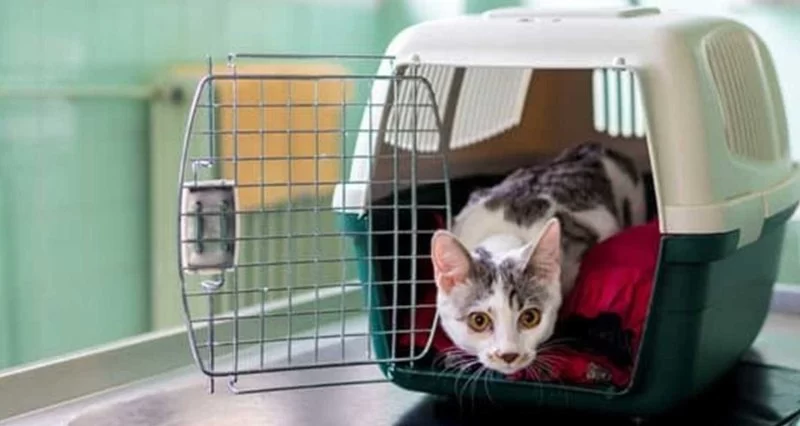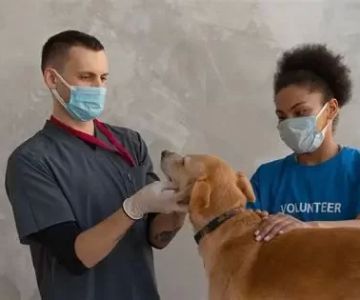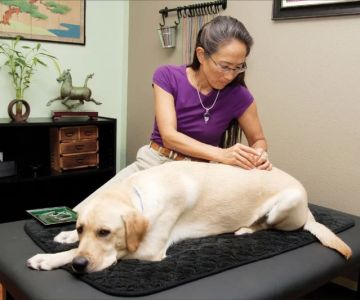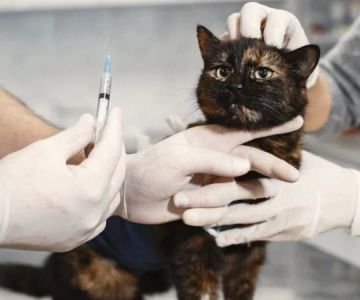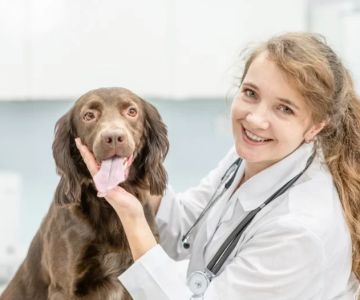- why-pet-vet-visits-cause-anxiety
- creating-a-low-stress-environment-before-the-visit
- training-your-pet-to-feel-comfortable-with-travel
- what-to-do-on-the-day-of-the-vet-visit
- real-pet-owner-experience-reducing-trip-anxiety
- how-hidden-brook-veterinary-makes-vet-visits-easier
1. Why Pet Vet Visits Cause Anxiety
Most pets, especially dogs and cats, associate vet visits with unfamiliar smells, loud sounds, car rides, and being handled by strangers. It’s not just a trip—it’s sensory overload. Many animals remember previous uncomfortable experiences, like getting shots or being restrained, and that memory triggers anxiety the next time they’re in a carrier or see the exam room.
This stress doesn’t just affect pets—it impacts owners too. Watching your pet tremble, yowl, or hide under the car seat is heartbreaking. But with the right preparation, these situations can be turned into calmer, more predictable events for everyone involved.
2. Creating a Low-Stress Environment Before the Visit
2.1 Make the Carrier a Safe Zone
Don’t bring out the carrier only when it’s time for the vet. Leave it open in your pet’s favorite area with soft bedding and treats inside. Let them explore it freely. For cats especially, this turns the carrier from a “punishment box” into a cozy cave. A relaxed start means less resistance later.
2.2 Practice Gentle Handling
Get your pet used to being touched on their paws, ears, mouth, and belly. These are areas vets commonly examine. Make it part of your play routine—reward them with calm praise or treats each time they allow gentle handling. This desensitization builds trust and reduces fear during the actual exam.
2.3 Familiarize Sounds and Smells
Turn on soft car engine sounds or play recordings of waiting room noises at low volume while your pet is calm. For smell-sensitive pets, consider wiping the carrier with pheromone sprays like Feliway or Adaptil to create a calming scent profile before the trip.
3. Training Your Pet to Feel Comfortable With Travel
3.1 Take Short Practice Rides
Start by simply placing your pet in the car without driving. Over time, build up to short rides around the block. Each time, reward calm behavior with praise or treats. Gradually increase the duration until your pet views the car as a normal, non-threatening environment.
3.2 Secure Their Space
Use a harness, carrier, or booster seat depending on your pet’s size. Safety isn’t just about protection—it’s also about reducing anxiety. A pet that’s sliding around the backseat or peeking nervously over a window edge is more likely to panic. Secure surroundings help build confidence.
3.3 Avoid Feeding Right Before Travel
A light stomach reduces the chance of car sickness, especially for dogs. Instead, plan meals at least 2–3 hours before your vet appointment. A hungry but calm pet is often more motivated by treats, making your job easier when you need to redirect their attention.
4. What to Do on the Day of the Vet Visit
4.1 Keep Your Energy Calm
Pets mirror your energy. If you’re rushing, panicking, or overly concerned, they’ll pick up on it. Prepare early, speak in a relaxed tone, and avoid sudden movements or last-minute chasing around the house. A calm start often leads to a smoother entire experience.
4.2 Bring Comfort Items
Pack a favorite toy, blanket, or an item with your scent into the carrier. This helps provide familiarity during the car ride and in the vet waiting room. For some pets, even a used t-shirt that smells like home can make a world of difference in easing stress.
4.3 Arrive a Little Early
Arriving 5–10 minutes early gives your pet time to settle and adjust to the new environment. Rushing in last-minute can amplify nervous energy. If your vet allows, wait in the car or ask for a quieter waiting area if your pet is especially anxious around other animals.
5. Real Pet Owner Experience: Reducing Trip Anxiety
Jessica, a cat owner in Virginia, struggled for years to get her tabby, Lilo, to the vet without a meltdown. “Lilo would howl nonstop and claw at the carrier. I dreaded every appointment,” she shared. After reading about training techniques, Jessica began leaving the carrier in her living room year-round with treats hidden inside. She also took Lilo on non-vet car rides to local parks—just short loops to break the association with fear.
“It took two months,” Jessica said, “but now Lilo climbs into the carrier on her own. The last vet visit? Silent. No stress. It was a completely different cat.” Her story is one of many proving that patient, consistent training pays off.
6. How Hidden Brook Veterinary Makes Vet Visits Easier
At Hidden Brook Veterinary, reducing pet stress isn’t just a goal—it’s a priority. The clinic design includes fear-free principles: separate waiting areas, pheromone diffusers, and sound-dampened exam rooms to create a calm atmosphere. The staff is trained in low-stress handling, allowing pets to be examined in ways that respect their comfort zones.
Whether your pet is a timid kitten, a nervous rescue dog, or an older animal with past trauma, Hidden Brook Veterinary works with you to make vet visits smoother. Their compassionate approach, combined with thoughtful tools and patient care, has helped countless pet owners turn anxiety-filled appointments into manageable experiences.
Looking for personalized support or products designed to make the next trip easier? Visit Hidden Brook Veterinary to find everything from calming sprays to expert care tailored for your pet’s specific needs.

